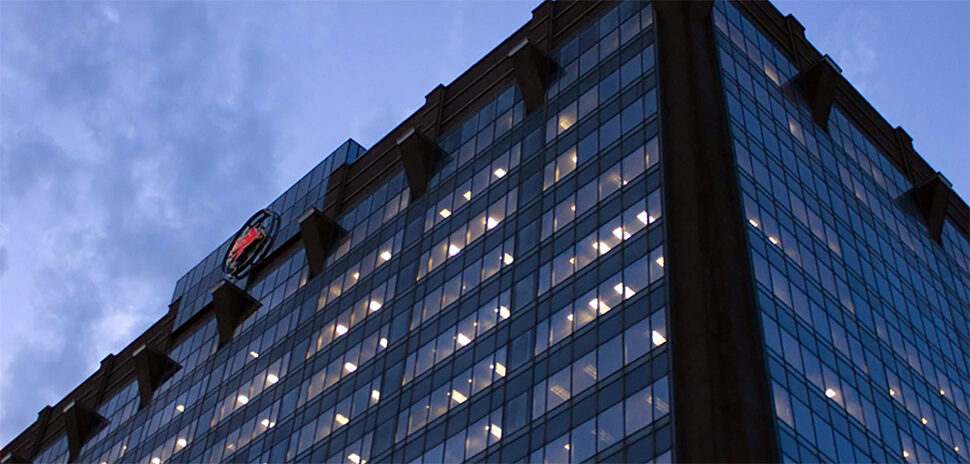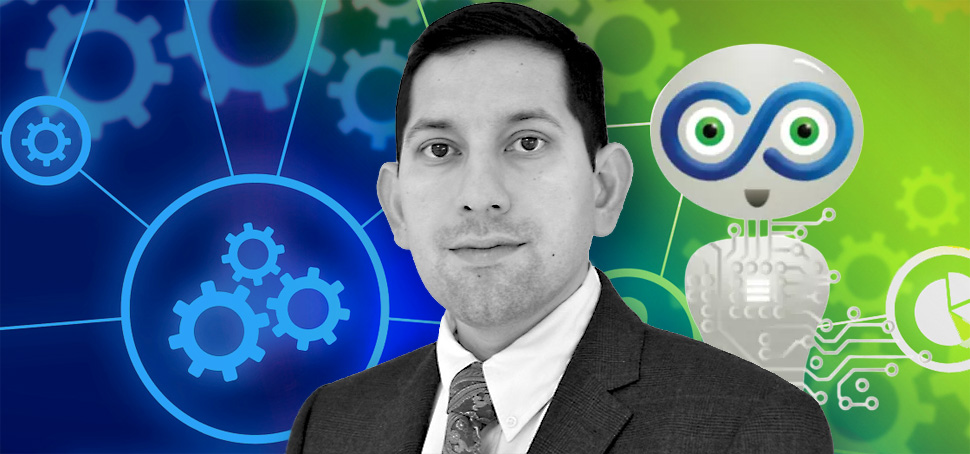A decade ago, the term “Internet of things” (IoT) emerged to describe a world in which everyday objects, from vehicles and household appliances to buildings and even lower-cost items like groceries would contain embedded chips or sensors to create a vast, interconnected network.
The declining cost and size of sensors, more efficient power-management and energy harvesting systems for devices, and the proliferation of high-speed wireless data networks are propelling the IoT forward. As more objects are connected, it will become possible to monitor, track, coordinate, and control these devices across the Internet, and the data they generate may help uncover insights for more efficiency and increased productivity.
The introduction of these all these devices into our homes, offices, vehicles, and even unexpected places will enable us to interact with our environment like never before.
Here are six sectors the IoT will impact in the Dallas-Fort Worth region.
Healthcare
Many types of diagnostic and health monitoring devices can be accessed and monitored remotely which provides flexibility and convenience to healthcare providers. Some of the greatest cost savings for healthcare providers will come from monitoring chronically ill patients and those with elevated risk factors, allowing them to reside at home and skip unnecessary appointments. Local companies, Vivify Health and AT&T, are innovating in this area with technologies that integrate with bio-sensors, EHRs, and personal devices to enable remote patient monitoring.
Along the same lines, home health devices may also play a large role in giving seniors autonomy at home.
Along the same lines, home health devices may also play a large role in giving seniors autonomy at home. Rather than moving to assisted-living facilities, which can range from $3,000 to $6,000 per month, seniors will have the option of installing smart sensor networks within their own homes, which monitor movement and behavior patterns and can alert physicians to any signs of physical or mental degeneration.
Manufacturing
Organizations that primarily view themselves as manufacturers of physical goods, whether that means industrial equipment, clothing, or even furniture, may be forced to rethink their core business models. The emergence of the IoT could require manufactures to reshape their operations or enter into partnerships to reconfigure their products to become compatible with the IoT, and become service providers.
Increasingly, physical goods will be seen as a platform for delivering intelligent insights and ongoing information-based services such as automated control, decision support, and data gathering and analysis. For example, Teslatricity is a Dallas based company that manufactures smart LEDs and offers lighting as service.
Transportation and Logistics
The IoT will support a range of new services and applications for transportation and logistics. The location of cars, trucks, airplanes, trains, and ships can be monitored using embedded sensors, making logistics more efficient. But it doesn’t stop there. Remote diagnostics from tech companies like local startup Vinli can offer improved safety, convenience, and reliability for cars and trucks on the road, connecting the user to roadside assistance or repair shops if a problem occurs. Logistics professionals will have access to new dashboards that make fleet management easier and more manageable.
The IoT will support a range of new services and applications for transportation and logistics. The location of cars, trucks, airplanes, trains, and ships can be monitored using embedded sensors, making logistics more efficient.
Major automakers are also developing equipment that will allow vehicles to exchange information about speed, position, and direction to others nearby. In 2014, the U.S. Department of Transportation announced plans to develop regulations for V2V communication systems, which they say could prevent about 600,000 crashes and save more than a thousand lives per year.
Retail
Store shelves, interactive promotional displays, and even products could be nodes on the IoT. The iBeacon is a hardware device that can receive Bluetooth signals from mobile phones. They can be used to track consumers in real-time around a retail environment and push shopping related promotions to users who opt-in. American Airlines’ implementation of iBeacon at DFW promises more convenience and better service for passengers who will receive real-time information about baggage claim or gate changes, walking times to gates, and information about stores and facilities nearby.
Digital signage will also become smart, giving retailers and advertisers a more dynamic communications channel, and even enabling personalized recommendations and ads. For example, Adidas has tested digital advertising walls in select stores using facial recognition to identify passing customers to recommend shoes based on age and gender.
Energy and Utilities
New tools for energy efficiency are becoming available thanks to smart devices and energy analytics systems. On the consumer side, the smart thermostat manufacturer Nest (which was acquired by Google for $3.2 billion) has helped customers in over 80 countries save 750,000,000 kWh of energy. This benefits electric utilities because it helps them keep demand for electricity at manageable and cost-efficient levels.
Services are also emerging to help commercial building operators and utilities pursue energy efficiency. For example, C3 Energy can analyze CRM and grid data to prevent energy theft, or help a retailer understand energy cost per square foot for every building it owns.
Office Buildings
Offices will become far more aware, adaptive, and responsive. Though the most significant changes will likely manifest later in the decade, many aspects of office buildings can be made smarter today with connected devices. Surprisingly, only “six percent of all commercial buildings have a building automation system.”
Offices will become far more aware, adaptive, and responsive.
Greater connectivity can improve office management. Offices can track employees through their mobile phones to determine occupancy, adjusting lights and temperature when a room is vacant. But workspaces could also become personalized to provide a more work comfortable environment, such as adapting light and temperature to personal preferences, and approve or deny access to secure areas.
During an emergency, employees could receive messages to vacate the building or shelter in place, depending where they are located, and management could get real-time alerts with the whereabouts of their employees.
The Bottom Line
The introduction of these all these devices into our homes, offices, vehicles, and even unexpected places will enable us to interact with our environment like never before. These devices will leave data trails about everything from our consumption habits and health activities to work and leisure, raising privacy issues and exposing us to some uncomfortable truths. The upside is that this connected world could open up new opportunities to improve our health, productivity, and even our happiness.
For a daily dose of what’s new and next in Dallas-Fort Worth innovation, subscribe to our Dallas Innovates e-newsletter.







![Erica Kosemund, Chief Brand Officer, Choctaw Nation of Oklahoma; Gillian Breidenbach, Chief Partnership Officer, North Texas FWC Organizing Committee; Chief Gary Batton, Chief of Choctaw Nation of Oklahoma; Monica Paul, Executive Director of Dallas Sports Commission and President of North Texas FWC Organizing Committee; John Hobbs, Senior Executive Officer of Communications, Choctaw Nation of Oklahoma; and Heidi Grant, Senior Executive Officer of Commerce Administration, Choctaw Nation of Oklahoma, celebrate Choctaw Casinos & Resorts becoming an Official Dallas World Cup 2026 Host City Supporter. [Photo: North Texas FWC Organizing Committee/Choctaw Casinos & Resorts]](https://s24806.pcdn.co/wp-content/uploads/2025/12/FIFA-Choctaw-dec-2025-75x69.jpg)




![Erica Kosemund, Chief Brand Officer, Choctaw Nation of Oklahoma; Gillian Breidenbach, Chief Partnership Officer, North Texas FWC Organizing Committee; Chief Gary Batton, Chief of Choctaw Nation of Oklahoma; Monica Paul, Executive Director of Dallas Sports Commission and President of North Texas FWC Organizing Committee; John Hobbs, Senior Executive Officer of Communications, Choctaw Nation of Oklahoma; and Heidi Grant, Senior Executive Officer of Commerce Administration, Choctaw Nation of Oklahoma, celebrate Choctaw Casinos & Resorts becoming an Official Dallas World Cup 2026 Host City Supporter. [Photo: North Texas FWC Organizing Committee/Choctaw Casinos & Resorts]](https://s24806.pcdn.co/wp-content/uploads/2025/12/FIFA-Choctaw-dec-2025.jpg)


















